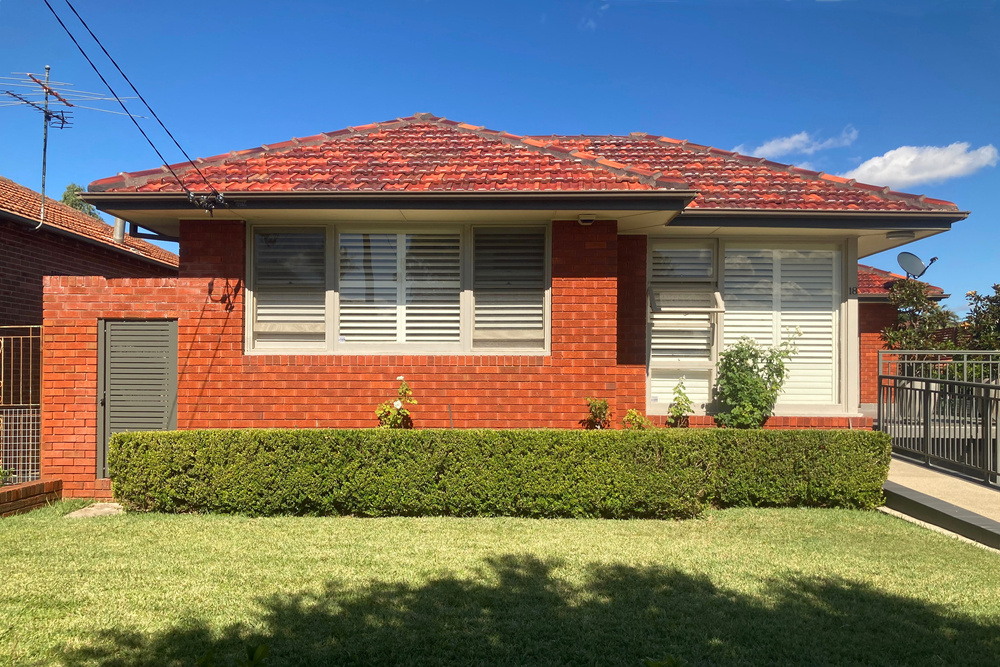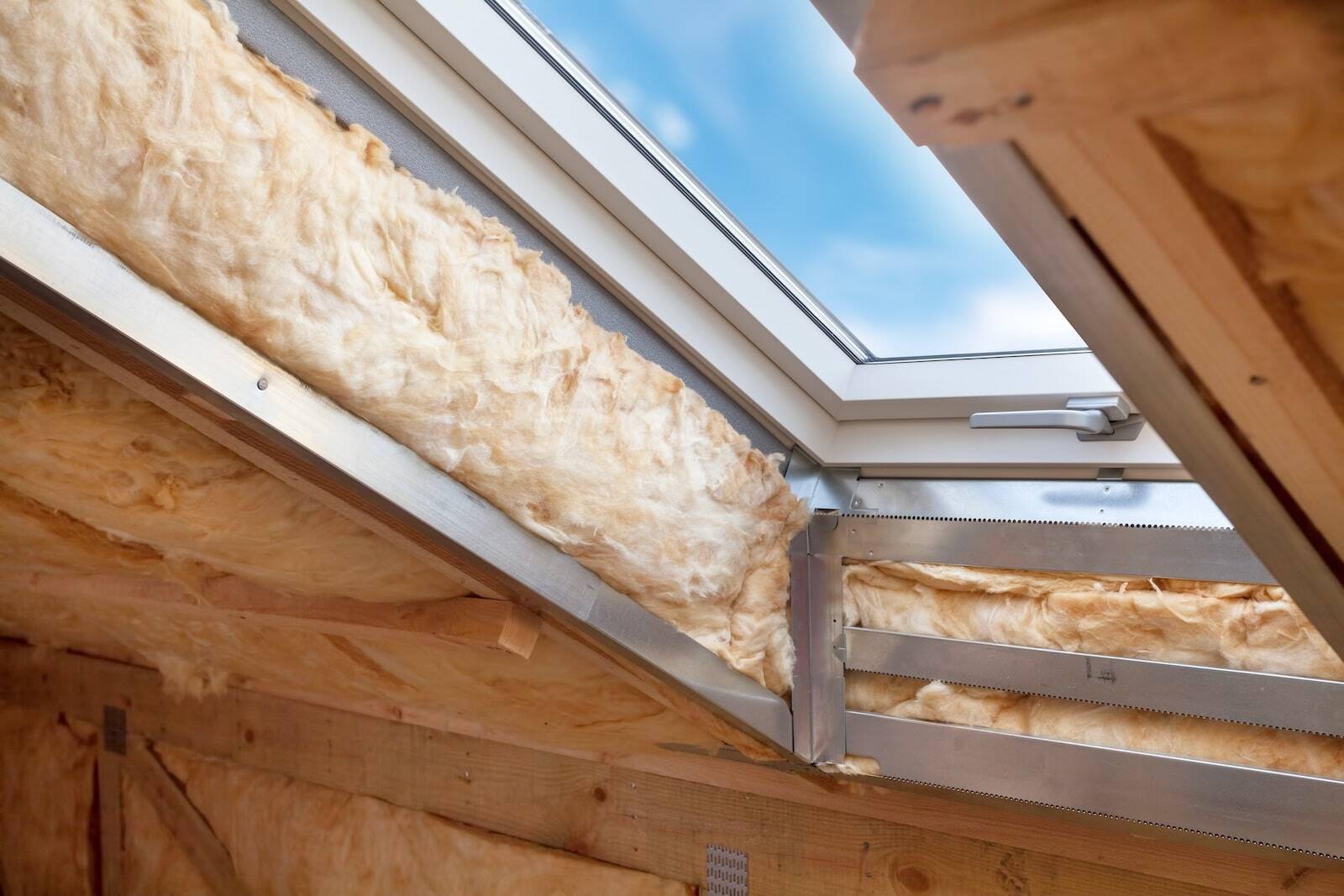
Aug
Ways To Keep Your Roof Cool this Summer
Summer - hot beaches, outdoor barbecues and swimming comes to mind. But what can you do about keeping cool at home? In this post, we share a few ways you can keep your roof cool this summer.
Summer Challenges
Summer brings intense heat that can take a toll on both your roof and your home’s interior. High temperatures can cause damage to roofing materials, increase energy bills, and make your living spaces uncomfortable. It's crucial to implement strategies that keep your roof cool and your home comfortable during these scorching months.
Importance of Roof and Home Cooling
A well-cooled roof not only prolongs its lifespan but also contributes to a cooler home environment. By focusing on both roof and home cooling methods, you can reduce energy costs, improve comfort, and protect your home from the harsh effects of summer heat.
This guide will walk you through the impact of summer heat on roofs, preparation tips, effective cooling techniques, and long-term solutions for managing heat. Whether you're looking to improve ventilation, upgrade your roof's materials, or explore energy-efficient options, we’ve got you covered.
The Impact of Summer Heat on Roofs
A. Effects of Heat on Roofing Materials
Summer heat can cause significant damage to various roofing materials. Prolonged exposure to high temperatures can lead to the cracking, warping, and fading of shingles and other roofing components. Asphalt shingles, in particular, are prone to softening and blistering under extreme heat, while metal roofs can expand and contract, leading to potential structural issues.
Signs of Heat Damage: Homeowners should be vigilant for signs of heat damage, such as curling shingles, discoloration, and visible cracks. These issues not only affect the appearance of your roof but also its ability to protect your home effectively.
B. Roof Lifespan Reduction
Sustained high temperatures can significantly shorten the lifespan of your roof. Materials deteriorate faster when exposed to constant heat, which can lead to more frequent repairs or the need for an early replacement.
Importance of Maintenance: Regular maintenance is essential to identify and address heat-related damage before it becomes severe. Routine inspections help ensure your roof remains in good condition throughout the summer and beyond.
Roof Preparation for Summer
1. Inspection and Maintenance Tips
Before summer arrives, it's crucial to inspect your roof for potential vulnerabilities. Check for loose or missing shingles, damaged flashing, and any signs of wear and tear that could be exacerbated by the heat. Cleaning gutters and removing debris can also prevent water buildup, which can damage your roof during unexpected summer storms.Essential Repairs: Address common issues like loose shingles, leaks, and insulation gaps. Ensuring your roof is in top shape before the heat sets in can save you from costly repairs down the line.
2. Reflective Roofing Materials
One of the most effective ways to reduce heat absorption is by using reflective roofing materials. These materials are designed to reflect more sunlight and absorb less heat than traditional roofing options.Popular Options: Cool roof coatings, reflective tiles, and metal roofing with reflective finishes are popular choices for homeowners looking to keep their roofs cool. These materials not only help in reducing indoor temperatures but also improve energy efficiency.
3. Green Roofing Options
Green roofs, covered with vegetation, offer excellent insulation and help reduce heat absorption. They act as a natural barrier against the sun's rays, keeping your home cooler and reducing your reliance on air conditioning.Installation Considerations: Before opting for a green roof, consider factors like structural support, waterproofing, and maintenance. Green roofs require a strong foundation and regular upkeep to ensure their longevity and effectiveness.
Cooling Techniques for Roofs
1. Roof Ventilation
Proper roof ventilation is key to reducing heat buildup in your attic and keeping your roof cool. Ventilation systems allow hot air to escape and fresh air to circulate, preventing heat from becoming trapped under your roof.Types of Roof Ventilation: There are several types of roof ventilation systems to consider, including ridge vents, soffit vents, and attic fans. Ridge vents are installed along the peak of the roof, while soffit vents are placed under the eaves. Attic fans can be installed to actively remove hot air from the attic space.
Benefits: Roof ventilation extends the life of your roof by preventing heat-related damage and reducing the workload on your air conditioning system, ultimately lowering your energy bills.
2. Roof Insulation
Insulation plays a critical role in maintaining a cool home. It prevents heat from penetrating the roof and entering your living spaces, making it easier to keep your home comfortable.Types of Insulation: Reflective insulation and spray foam insulation are effective options for roofing. Reflective insulation reflects radiant heat away from the roof, while spray foam creates an airtight seal that prevents heat transfer.
3. Light-Colored Roofs
Light-colored roofs, also known as cool roofs, reflect more sunlight than darker roofs, which absorb heat. By reflecting sunlight, light-colored roofs can stay significantly cooler and reduce the amount of heat transferred into your home.Color Options and Aesthetic Considerations: When choosing a light-colored roof, consider options that complement your home's exterior design. There are various shades and materials available that can enhance both the appearance and efficiency of your roof.
Home Cooling Strategies
1. Optimising Windows and Doors
Windows and doors are primary sources of heat entry. Using reflective window films, shades, and insulated curtains can significantly reduce the amount of heat entering your home.Sealing Gaps: Ensure all windows and doors are properly sealed to prevent warm air from entering and cool air from escaping. Weatherstripping and caulking are simple yet effective methods to improve the energy efficiency of your home.
2. HVAC Optimisation
Your HVAC system is your first line of defense against summer heat. Ensure it is in top condition by scheduling regular maintenance checks and replacing filters. Consider upgrading to a more energy-efficient model if your system is outdated.Regular Maintenance and Upgrades: Regular servicing of your HVAC system can prevent breakdowns during peak summer months and improve its efficiency, resulting in lower energy bills.
3. Landscaping for Shade
Strategic landscaping can provide natural shade and reduce the temperature around your home. Planting trees, shrubs, and vines in key locations can block direct sunlight and create a cooler environment.
Best Plants for Cooling: Consider fast-growing trees like maple or oak, which provide ample shade. Vines like ivy can be trained to cover walls, further reducing heat absorption.
Long-Term Solutions for Summer Heat
1. Energy-Efficient Roofing Upgrades
Energy-efficient roofing options, such as solar reflective shingles and metal roofs with cool coatings, can significantly reduce the amount of heat absorbed by your roof. These upgrades not only lower your cooling costs but also qualify for energy rebates in some regions.
Cost vs. Benefit Analysis: While energy-efficient roofs may have a higher upfront cost, the long-term savings on energy bills and extended roof lifespan often outweigh the initial investment.
2. Solar Panels
Installing solar panels on your roof not only provides renewable energy but also helps reduce roof temperature. Solar panels act as a barrier, shading your roof from direct sunlight and reducing the heat absorbed by the underlying materials.Installation Considerations: When considering solar panels, assess your roof’s orientation, shading, and structural integrity. Proper installation is key to maximising both energy production and cooling benefits.
Conclusion
Keeping your roof and home cool during summer involves a combination of preparation, effective cooling techniques, and long-term investments in energy-efficient solutions. From improving ventilation and insulation to considering solar panels and reflective roofing, there are multiple strategies you can implement to beat the heat.
Take proactive steps today to ensure your roof and home are ready for the summer heat. Whether it's a simple inspection or a major upgrade, these actions can lead to a cooler, more comfortable home and lower energy costs.



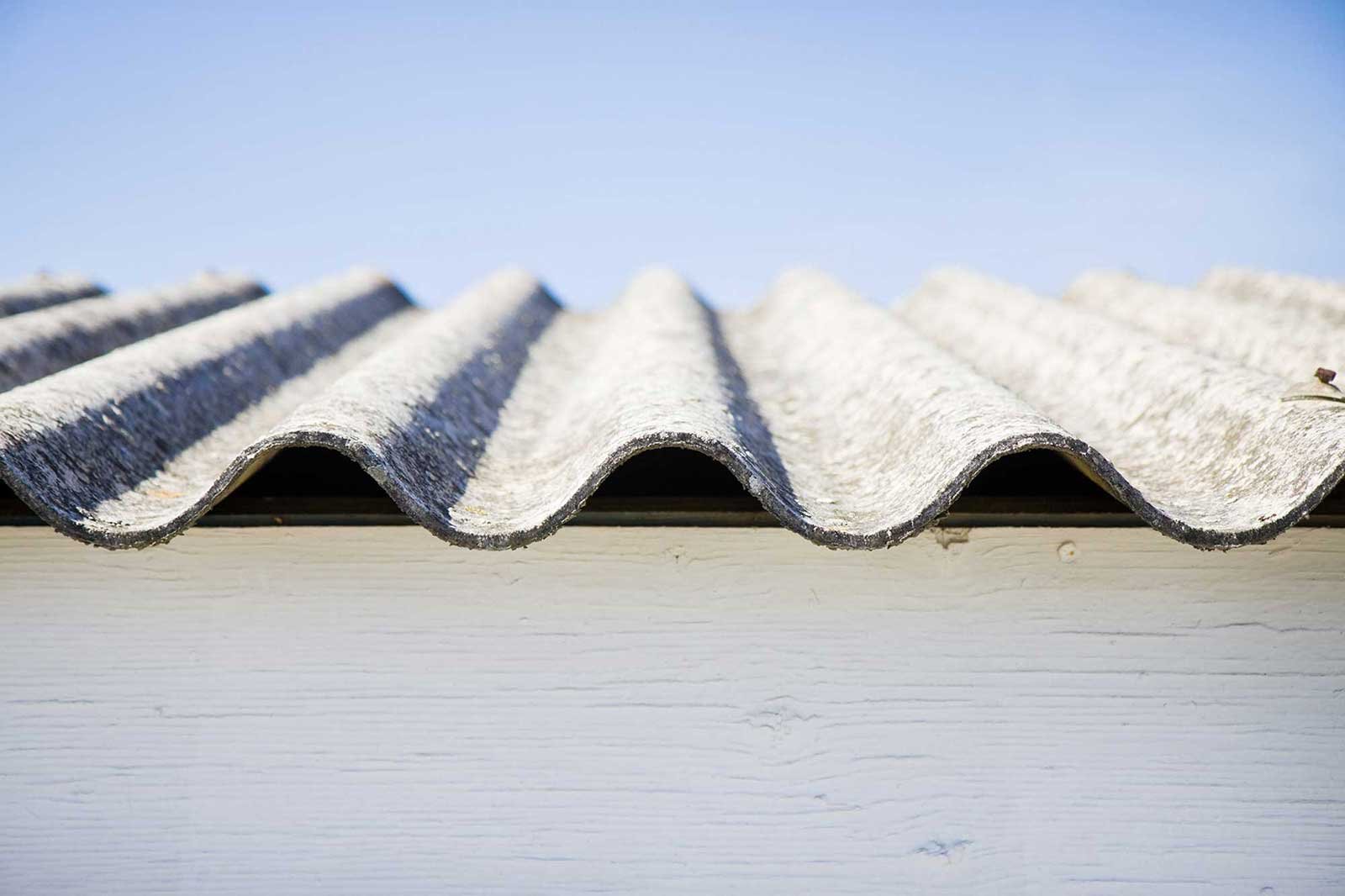




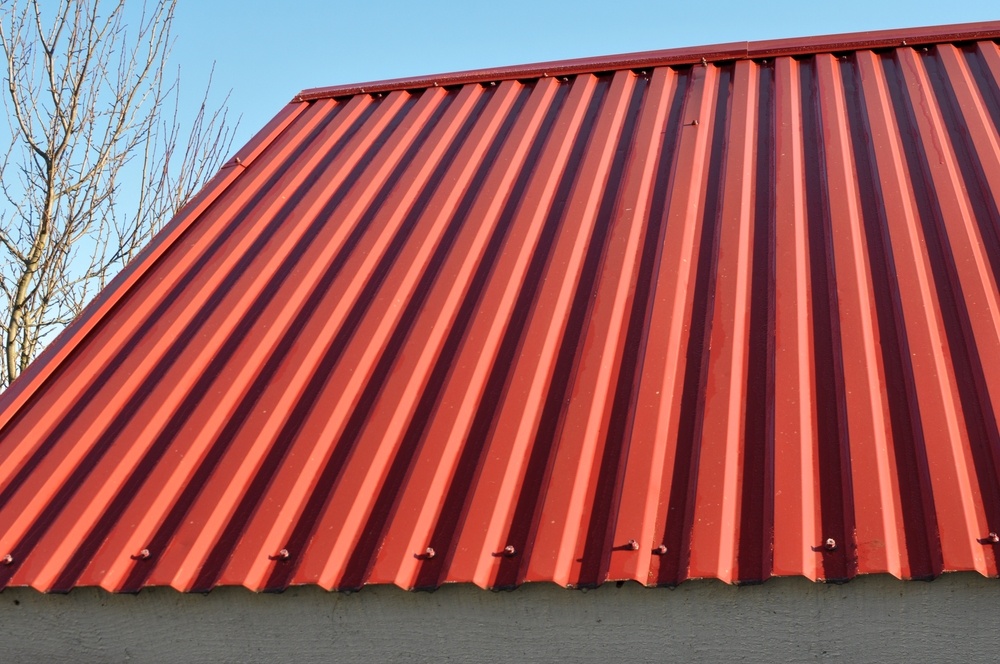
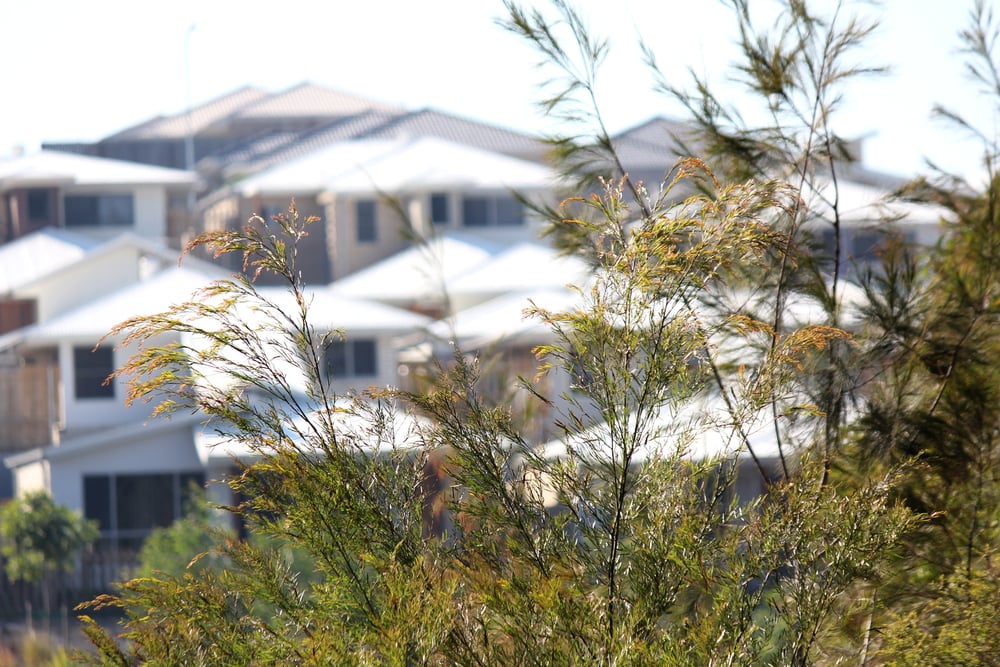

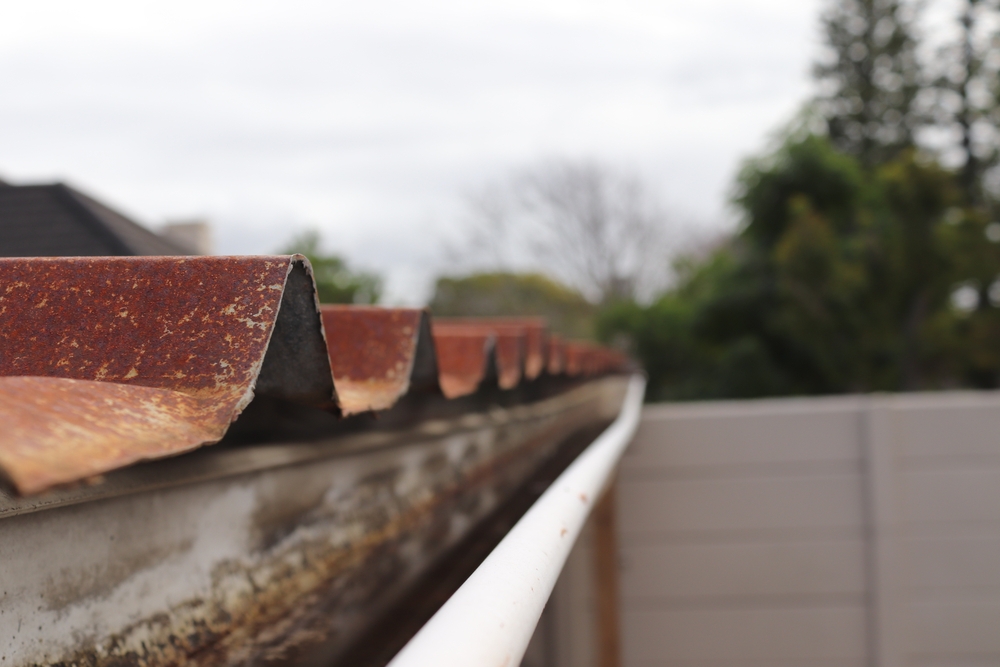
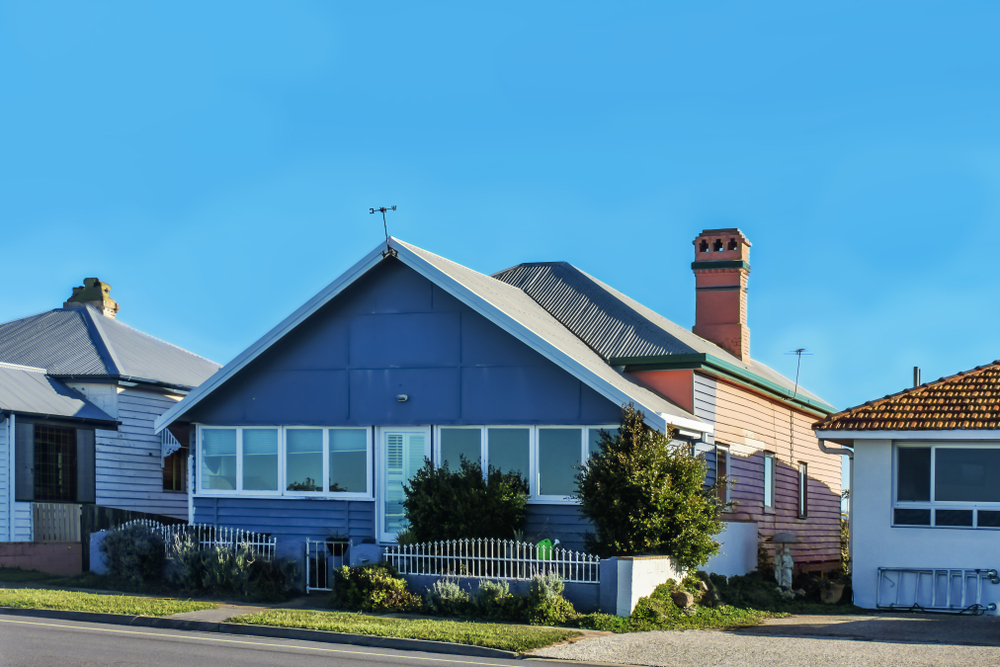
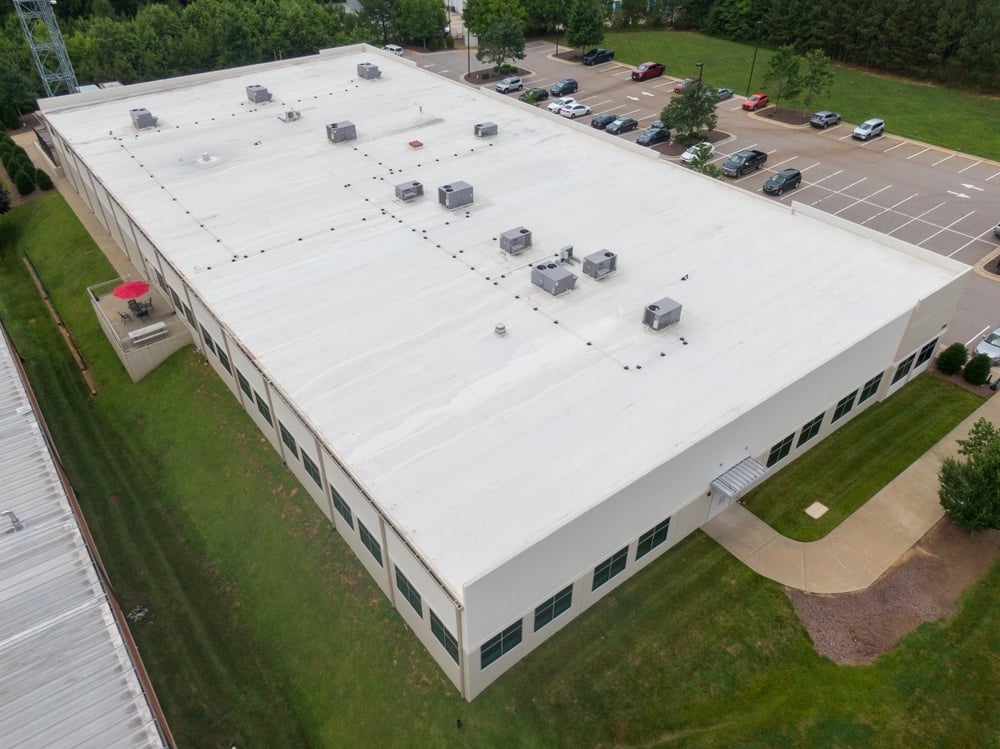
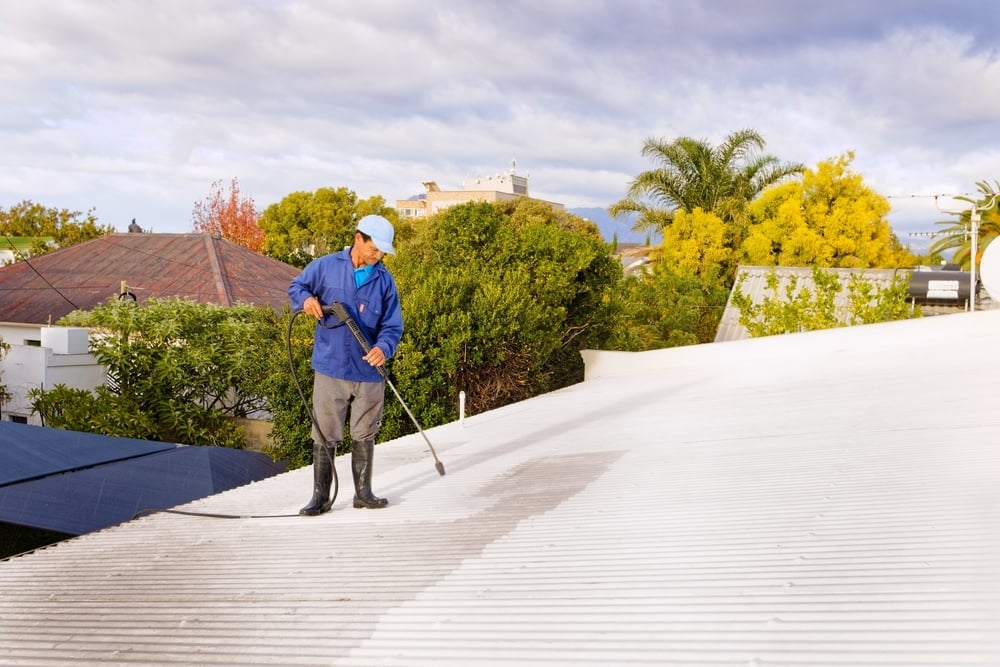
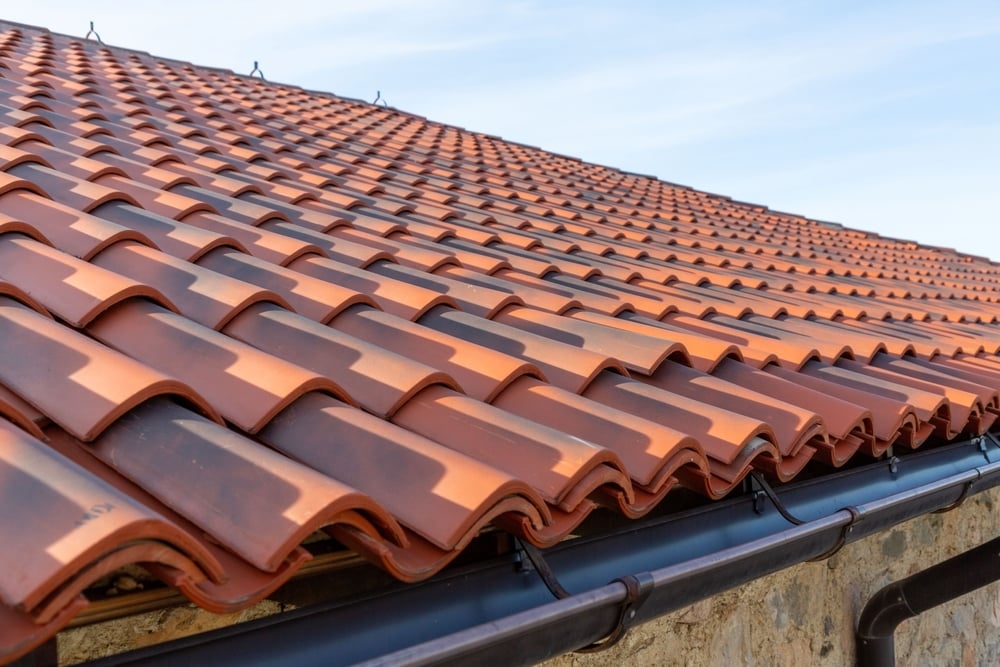
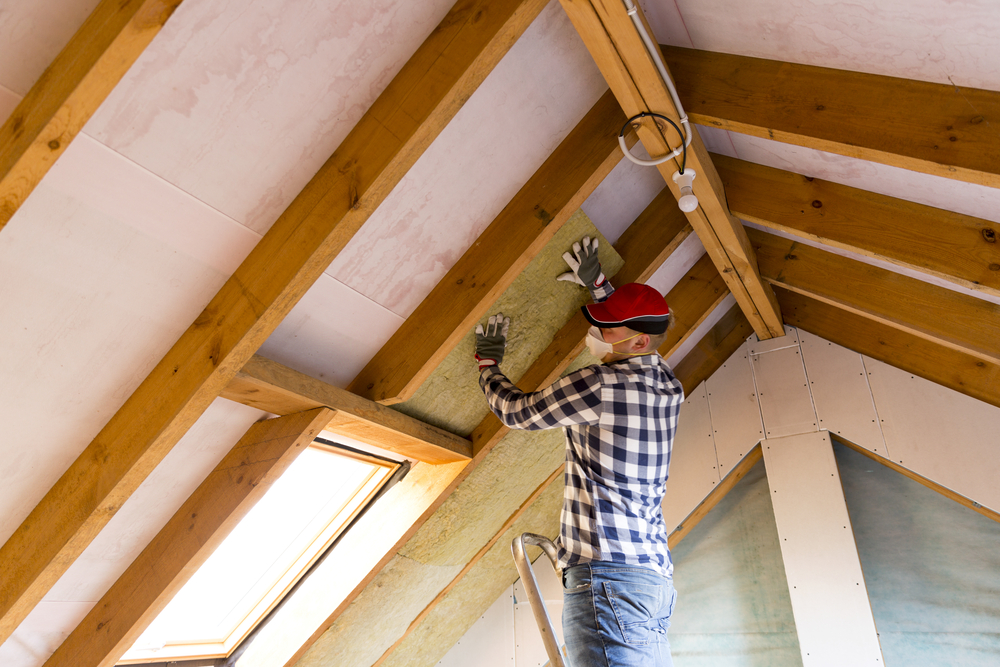
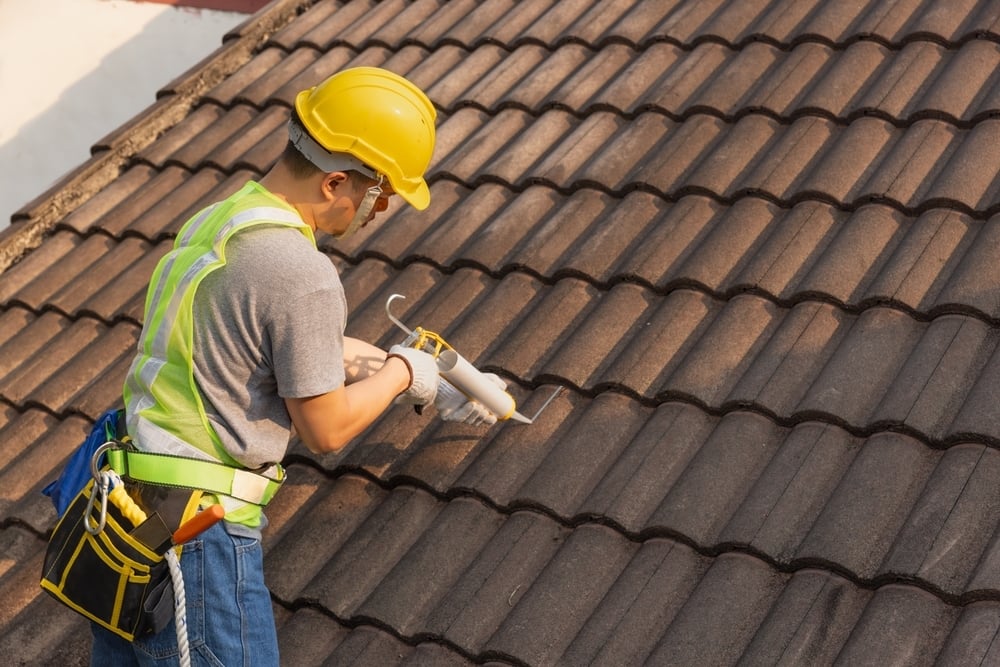
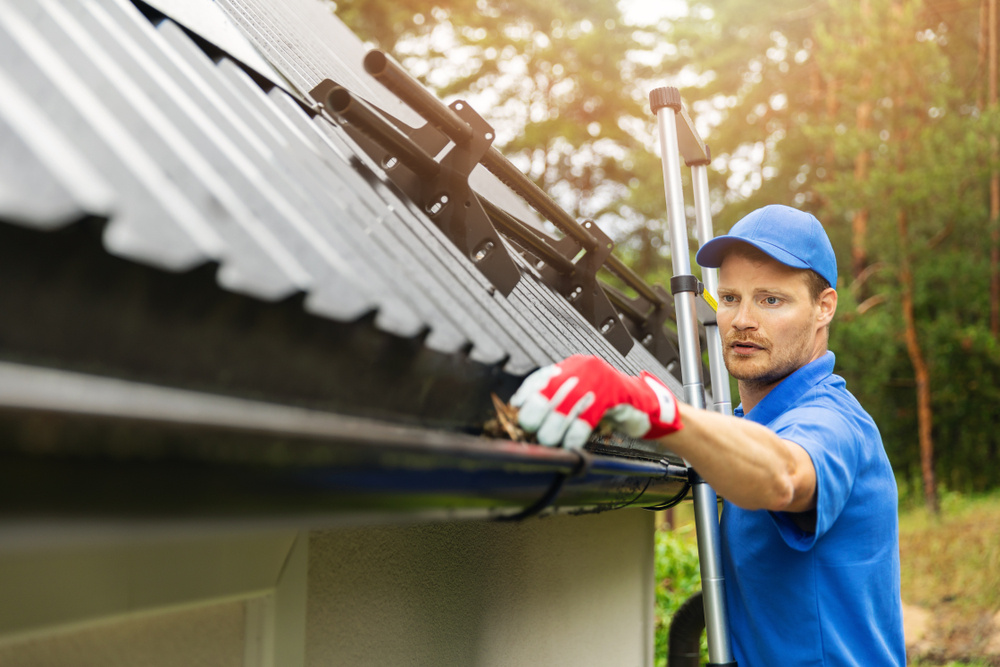

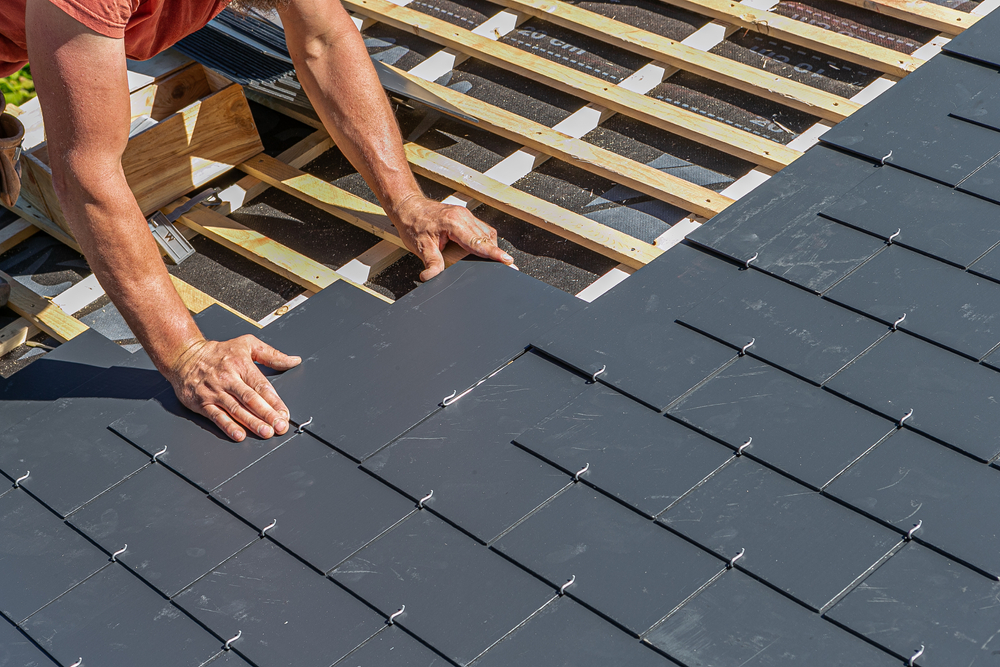
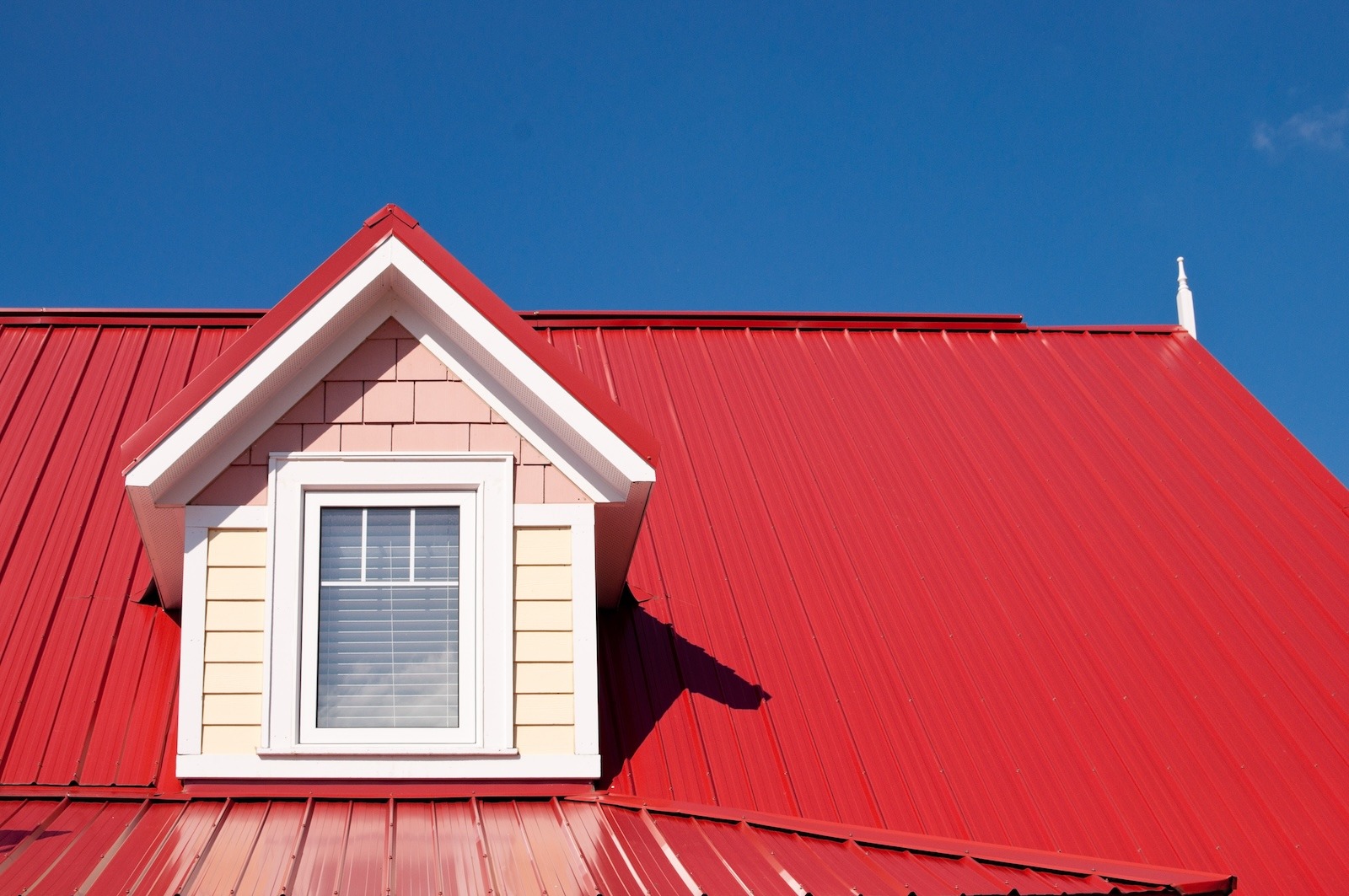
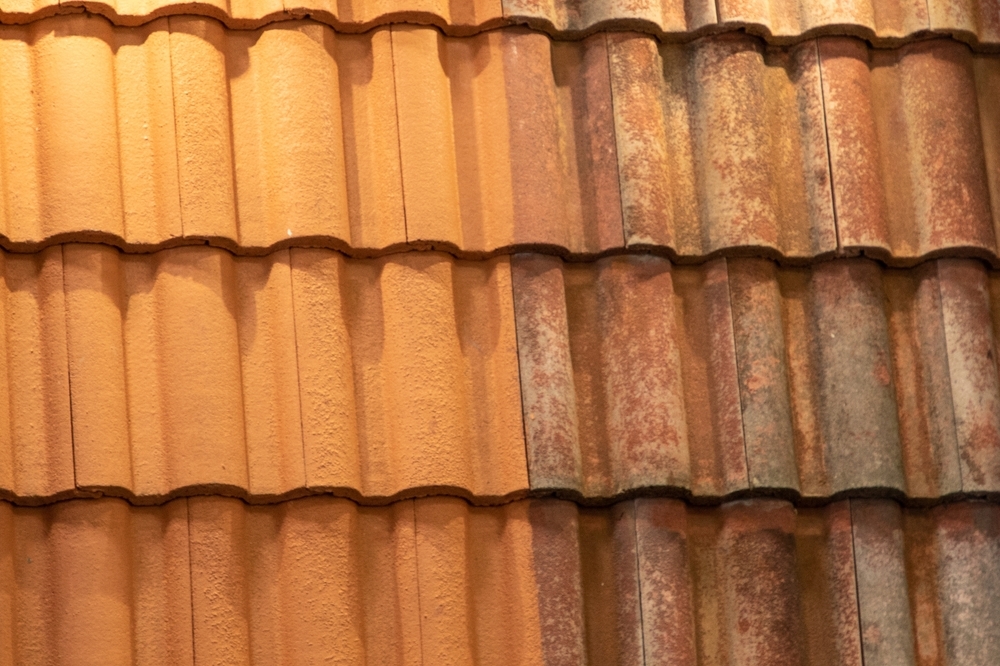
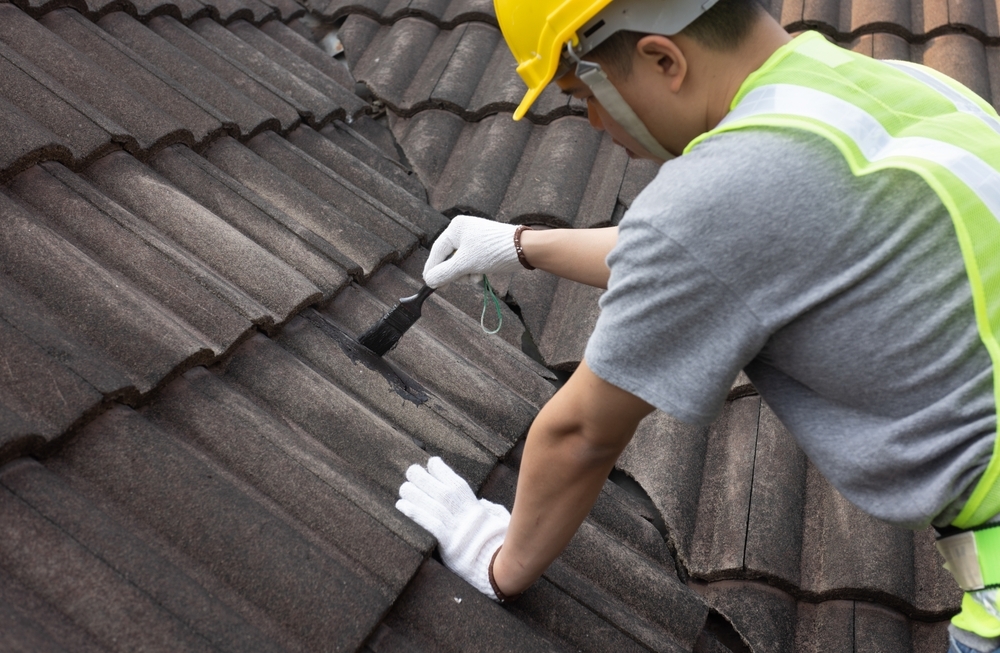
.jpg)
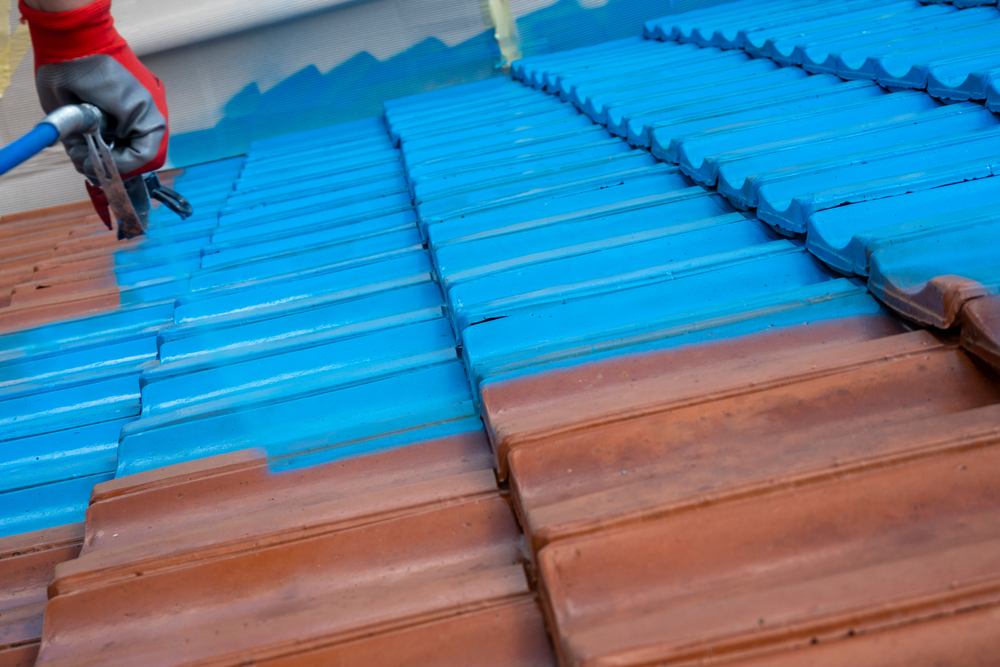
.jpg)
